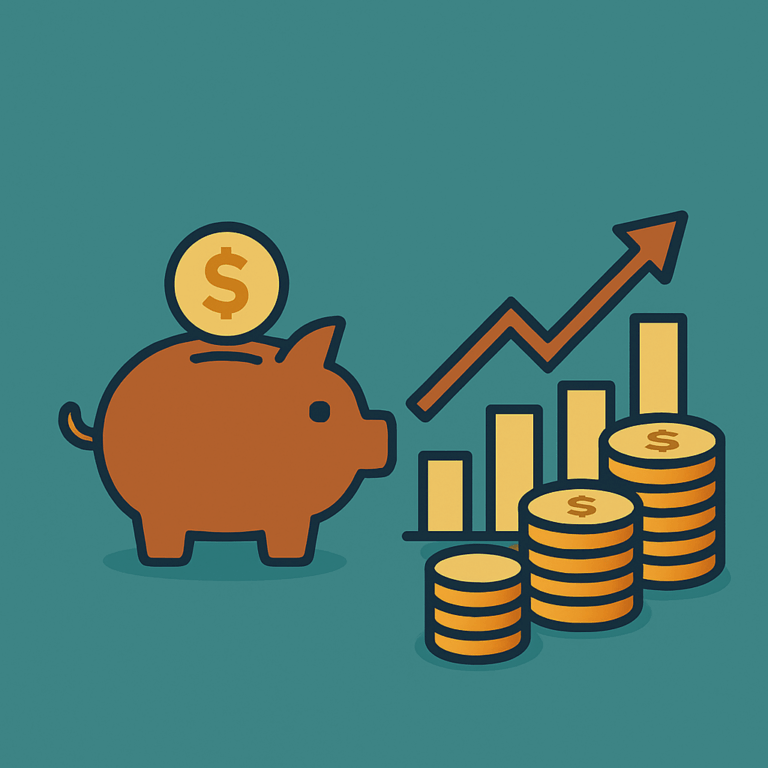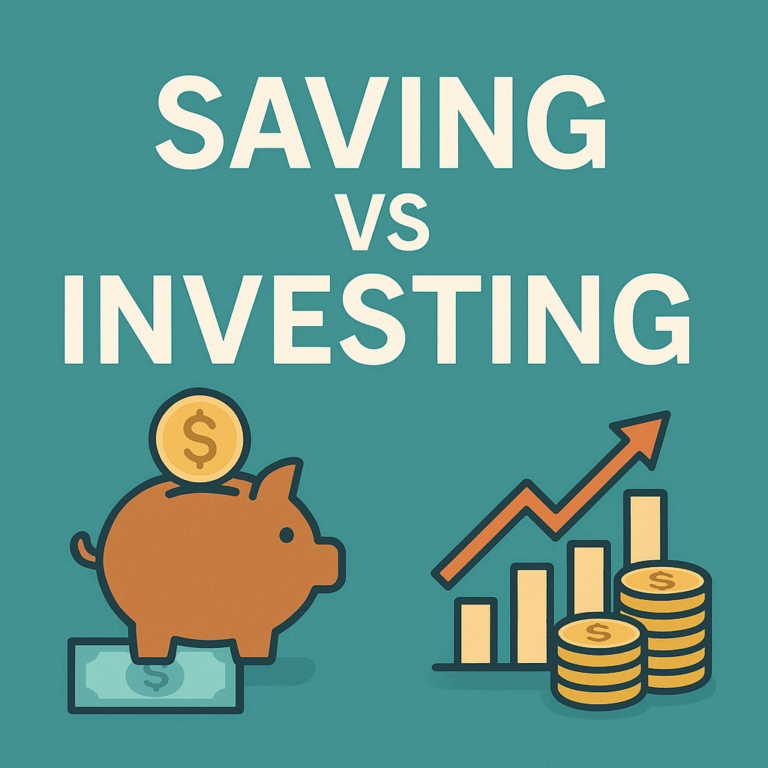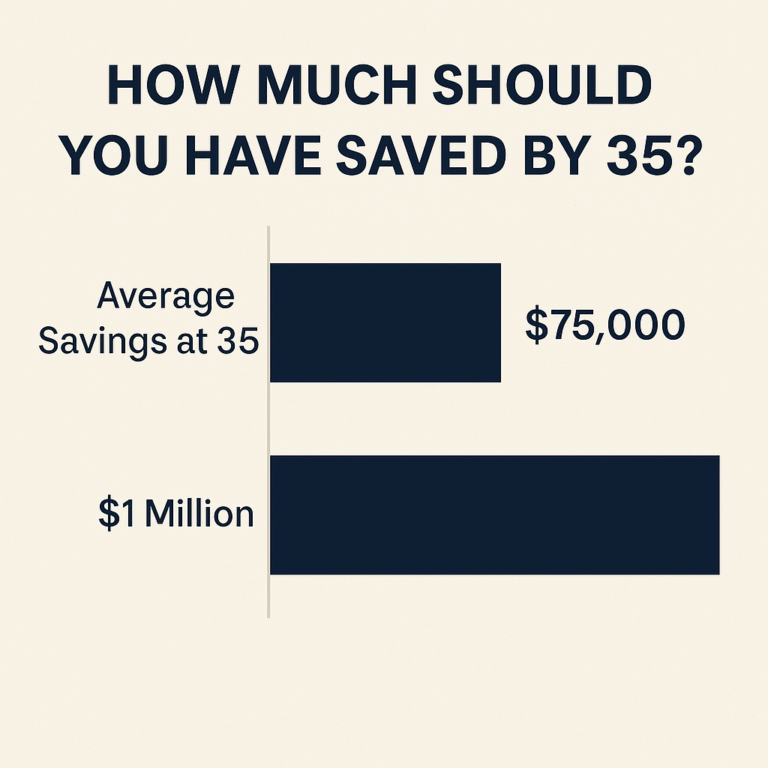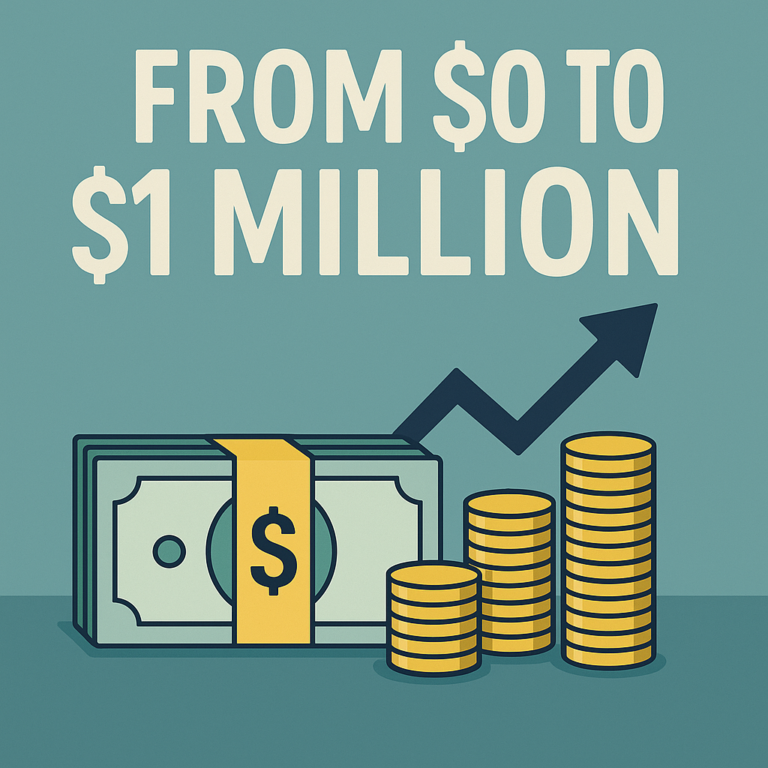What Is Dollar-Cost Averaging? (And Why It Works So Well for Beginners)
We started investing in 2013, right after I landed my first “real” job — $15 an hour, entry-level. My wife was in grad school. We were living in a tiny one-bedroom, counting every dollar.
The idea of investing in the stock market? Honestly, it sounded like something for rich people. I didn’t know how it worked, didn’t trust it, and figured I’d missed the boat anyway. But then I read something that changed everything: you don’t need to invest everything all at once. You just need to start.
That’s when I discovered dollar-cost averaging — and looking back, it’s the single most beginner-friendly investing strategy I could have chosen.
What Is Dollar-Cost Averaging?
Dollar-cost averaging (DCA) is a simple investing method: you invest the same amount of money on a regular schedule, no matter what the market is doing.
Let’s say you invest $100 every month into a total stock market index fund like VTI. If prices are high, you buy fewer shares. If prices drop, you buy more. Over time, you average out your cost per share — which helps reduce the risk of bad timing.
It’s boring. It’s automatic. And it works.
👉 If You Only Do One Thing — Invest $100 in a Total Stock Market ETF
This is exactly where DCA shines — especially when using a low-cost fund like this.
Why It Works (Especially for Beginners)
Here’s why dollar-cost averaging is one of the best things a beginner investor can do:
- It removes emotion. You don’t have to guess when to invest. You just follow the plan.
- It turns market drops into opportunities. When prices fall, you’re buying more shares for the same amount of money.
- It builds the habit. Investing becomes something you do, not something you overthink.
- It’s perfect for paychecks. Most people get paid every two weeks or once a month. DCA fits perfectly into that rhythm.
When we were just starting out, we didn’t have $10,000 to invest all at once. But we could do $100 a month. And when I got a raise, we bumped it up to $200. Then $500. Then more.
That’s how we quietly built wealth in the background — while still paying off student loans and living on a tight budget.
A Real-World Example
Let’s say you invest $100 every month for a year into a total market ETF like VTI:
| Month | VTI Price | Shares Bought |
|---|---|---|
| Jan | $200 | 0.50 |
| Feb | $180 | 0.56 |
| Mar | $160 | 0.63 |
| Apr | $170 | 0.59 |
| May | $150 | 0.67 |
| Jun | $140 | 0.71 |
| Jul | $160 | 0.63 |
| Aug | $180 | 0.56 |
| Sep | $200 | 0.50 |
| Oct | $220 | 0.45 |
| Nov | $240 | 0.42 |
| Dec | $250 | 0.40 |
Over the course of the year, you would have invested $1,200 and bought around 6.22 shares. That’s better than investing the full $1,200 at the January high — and safer, too.
How to Start Dollar-Cost Averaging Today
Here’s exactly how to do it:
- Pick your investment.
I like simple, low-cost index funds. VTI (Vanguard Total Market) is a great all-in-one fund.💡 What’s an Index Fund? Here’s Why They’re So Powerful - Choose where to invest.
You can do this inside a 401(k), Roth IRA, or a regular brokerage account. I use Schwab.📈 Why Maxing Out Your 401(k) Is One of the Smartest Moves You Can Make - Set a monthly (or biweekly) amount.
Doesn’t matter if it’s $25 or $2,000 — just pick something you can stick to. - Automate it.
Set up automatic transfers and automatic purchases if your platform allows it. - Ignore the noise.
Don’t obsess over the news. Don’t check your balance every day. Let the system work.
Common Questions
What if the market crashes?
That’s the beauty of DCA. You’re buying during the crash — not trying to guess the bottom.
Isn’t it better to invest a lump sum?
Mathematically, lump-sum investing often outperforms. But emotionally? Most people aren’t built for that. DCA helps you stay in the game.
Can I dollar-cost average into crypto or real estate?
You can DCA into crypto, sure — but it’s much riskier. And real estate? Not really. This strategy works best with liquid, low-fee investments like ETFs.
Final Thoughts
I’m not a genius investor. I don’t time the market. I’ve made plenty of mistakes.
But I started early, stayed consistent, and kept increasing the amount I invested over time. Dollar-cost averaging is the reason we were able to quietly grow our net worth — even in years when the market was rough.
If you’re not sure how to start investing, start here.
Pick an amount. Pick a fund. Automate it. Let time do the rest.

How I Invest My $200,000 Salary (Step-by-Step Breakdown)
I Make $200,000 a Year — Here’s How I Invest It I wasn’t always a high earner. My first job…

Weekly vs Monthly Investing: Which Is Better for Beginners?
If you’re wondering whether to invest weekly or monthly, you’re not alone.One of the most common beginner questions I get…

Saving vs Investing: What Should You Do First?
If you’re just getting started with money, you’ve probably asked this question: Should I save first, or start investing right…

What to Do With Your First $1,000
When I had my first $1,000 saved, I felt two things at once: proud…and stuck. I knew I should do something…

How to Get Rich From Nothing (Even If You’re Broke Right Now)
I started with nothing. No inheritance. No stock tips. No trust fund. My parents didn’t leave me a dime, and…

The Best First Investments for Kids (And How I’m Building Generational Wealth for My Daughter)
When I was growing up, no one handed me a roadmap to building wealth. My parents weren’t investors. They didn’t…

How Much Should You Save at 35? (Here’s What I Did)
The Short Answer: It Depends. But Let Me Tell You What Worked for Me. When I turned 35, I had…

From $0 to $1 Million by 35: A Simple Wealth-Building Strategy
TL/DR: I worked hard to steadily increase my income over time until I could save half of it every month…

If You Only Do One Thing — Invest $100 In a Total Stock Market ETF
If you’re feeling overwhelmed about investing and don’t know where to start, let me make it dead simple: Open a…